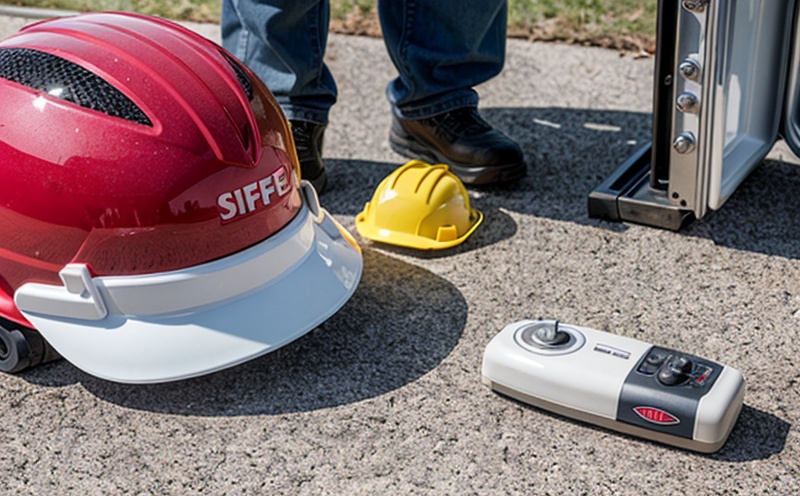ISO 18826 Rescue Boat Stability and Self-Righting Testing
The ISO 18826 standard is a critical component in ensuring the safety of marine rescue operations. This international standard provides detailed procedures for evaluating the stability and self-righting capabilities of rescue boats, which are essential for saving lives during emergencies at sea.
Rescue boat stability testing involves assessing how well a vessel can remain upright or right itself after capsizing under various loading conditions. The self-righting aspect is particularly important as it ensures that the boat can recover automatically in case of an accidental capsize, thus minimizing the risk to crew and passengers.
Accurate testing according to ISO 18826 helps manufacturers and operators to comply with maritime safety regulations worldwide. This standard applies not only to commercial rescue boats but also to recreational vessels designed for life-saving purposes in challenging environments.
The testing process typically involves submerging the boat into a water-filled tank, simulating various loading scenarios such as full occupancy, crew distribution, and equipment loads. The vessel is then subjected to controlled tilts to determine its stability characteristics. Self-righting tests often involve deliberately capsizing the boat and observing how quickly and effectively it returns to an upright position.
Compliance with ISO 18826 ensures that life-saving appliances meet stringent safety requirements, enhancing confidence in their performance during real-world emergencies. This standard is particularly relevant for industries such as maritime transport, leisure boating, and coastguard operations where the reliability of rescue equipment is paramount.
Our laboratory adheres strictly to ISO 18826 guidelines, ensuring that every test conducted meets international quality standards. Our team of experts uses state-of-the-art facilities equipped with advanced instrumentation to perform these tests accurately and consistently.
The results of our testing provide valuable insights into the performance characteristics of rescue boats under simulated emergency conditions, helping stakeholders make informed decisions about equipment selection and maintenance practices.
Applied Standards
| Standard | Description |
|---|---|
| ISO 18826:2019 | Detailed procedures for testing the stability and self-righting capability of rescue boats. |
Scope and Methodology
The scope of ISO 18826 Rescue Boat Stability and Self-Righting Testing encompasses a comprehensive evaluation process tailored to ensure the safety and reliability of rescue boats. This includes:
- Detailed loading scenarios simulating real-world conditions.
- Controlled tilting tests to assess stability under varying angles.
- Capsizing and self-righting tests to evaluate recovery capabilities.
The methodology involves the use of specialized equipment like water tanks, load cells, and tilt mechanisms. These tools are calibrated meticulously to ensure accurate measurements throughout each test run. Our team follows strict protocols outlined in ISO 18826, ensuring consistency and repeatability in our findings.
For each boat undergoing testing, we document extensive data points including center of gravity calculations, buoyancy assessments, and detailed observations of the vessel’s behavior during all phases of the test. This comprehensive approach allows us to provide robust reports that serve as valuable resources for manufacturers and operators alike.
Customer Impact and Satisfaction
- Enhanced safety: Compliance with ISO standards ensures that rescue boats meet the highest safety benchmarks, contributing to safer operations at sea.
- Regulatory compliance: Our testing helps clients navigate complex maritime regulations, ensuring they remain in full adherence to international standards.
- Risk mitigation: By identifying potential weaknesses early on through rigorous testing, we help reduce risks associated with equipment failure during critical moments.





